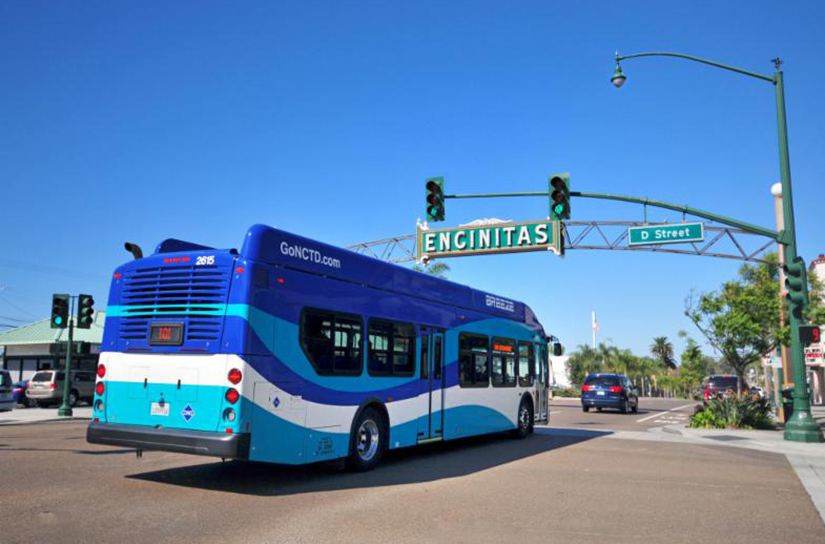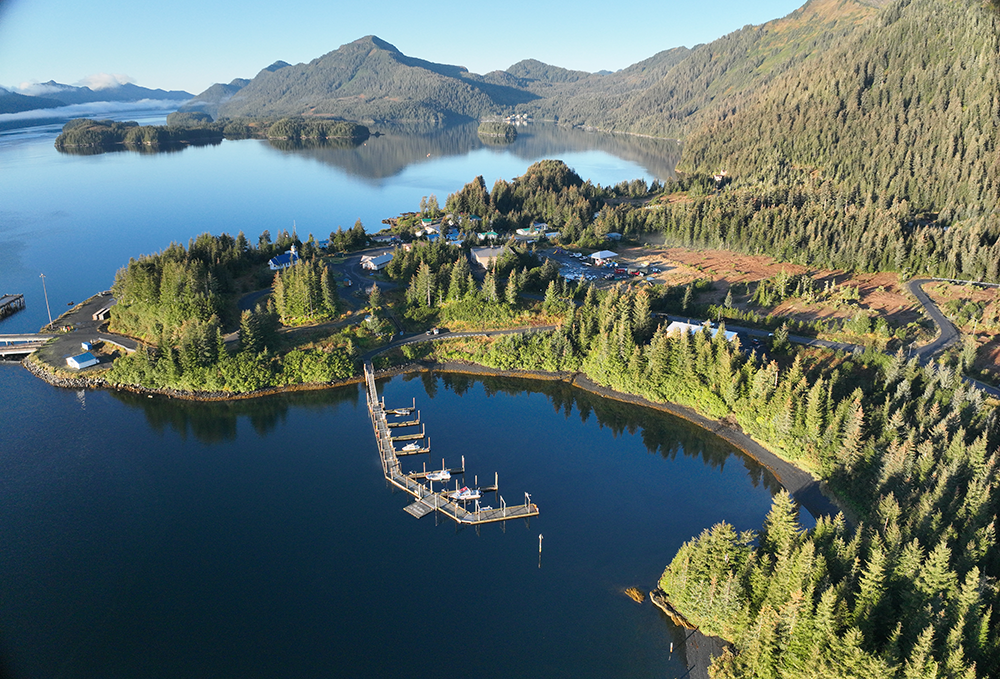NREL Technical Support Empowers Local Governments and Tribes To Boost Energy Efficiency and Cut Costs
NREL Provides Expertise to Local Governments and Tribes Through the Energy Efficiency and Conservation Block Grant Program
From capital cities in the East to Alaskan villages in the West, NREL is advancing community-driven energy solutions from coast to coast through the U.S. Department of Energy (DOE) Energy Efficiency and Conservation Block Grant (EECBG) Program.
The EECBG Program has allocated noncompetitive funding for energy projects and programs in hundreds of communities. Community grant recipients can use funding for projects and programs that cut energy costs, improve energy efficiency, and create jobs.
Recipients also receive vouchers to access support from NREL experts with a wide array of technical expertise in order to advance their priorities using EECBG funding. NREL, leveraging the wealth of the laboratory’s modeling and analysis capabilities, began working with dozens of communities to deliver this support in the fall of 2024.
“Already, DOE’s EECBG Program is helping so many different areas of the country,” said Nathan Wiltse, decision support analysis group manager and EECBG technical lead for NREL. “Through the program, big cities and small towns can set their course in realizing their energy goals. Their drive and enthusiasm has been encouraging, and our NREL team is proud to be a part of their journey through the technical assistance we provide with DOE’s guidance.”
DOE-funded EECBG Program support—provided by NREL—spans multiple sectors, tapping into technical knowledge and expertise that provide local governments with actionable insights for their self-identified priorities, helping them improve energy affordability and more in their jurisdictions.
Improving Mobility Options in Encinitas, California

The beach city of Encinitas in San Diego County, California, is served by a regional rail service, with many workers commuting into the city. Tourism is also a big economic driver for the city, with many recreation opportunities and annual arts and cultural events.
To better support commuters, tourists, and residents, the city is looking to expand its public mobility options through microtransit. Microtransit systems commonly use smaller vehicles like minivans, which operate in a defined service area and provide rides to users on request. Instead of having fixed routes, like more traditional bus and rail services, microtransit generally provides varying point-to-point services as requested by riders.
According to NREL research, microtransit provides a low-cost and convenient alternative to personal car use. Applying this strategy for public transportation can then save costs for riders while improving air quality in communities.
“For a relatively small city like Encinitas, more traditional public transportation methods may not be the best fit,” said Andy Duvall, NREL researcher and voucher support subject matter expert. “Exploring microtransit could provide a variety of financial and environmental benefits for residents, visitors, and the community.”
With EECBG voucher technical assistance, NREL will assist Encinitas in developing a microtransit program by conducting analysis that gives the community a better understanding of its current transportation landscape and viable microtransit options and funding strategies. This support will be rooted in community engagement, with community workshops and data collection built in to learn about the residents' challenges with public transit, specific issues, and ideas for solutions that will bolster the economy.
Increasing Household Energy Efficiency in Chenega, Alaska

Chenega, home to the Native Village of Chenega, is located on an island in Southern Alaska. The community spans less than 30 square miles and has 19 residential buildings. Though small in size, Chenega has big goals to improve energy efficiency for residents, with a target of reducing the Tribe's energy usage by 50% by 2050 or sooner, significantly cutting energy costs.
The Native Village of Chenega and the Chenega Corporation want to use their EECBG funding to help implement a community-wide energy efficiency program. To help Chenega plan for this program, NREL is organizing energy audits for a majority of homes in the community. Energy audits consist of a thorough inspection of a home both inside and out to identify potential comfort or safety problems and energy-saving opportunities. Through this process, Chenega will get a better understanding of which upgrades will be most cost-effective for their residents.
“Our technical assistance is helping Chenega set the foundation for more work to come that will cut energy costs for their community,” said Wiltse, who has over a decade of experience as a buildings researcher and economist in Alaska.
Chenega aims to use the results from these energy audits to apply for grant funding to implement the upgrades. The community also wants to use the audits to satisfy pre-installation requirements for DOE’s Tribal Home Electrification and Appliance Rebates, which can provide rebates of up to $14,000 per household for efficiency and appliance upgrades.
Reducing Energy Use and Costs in Sugar Land, Texas
As Sugar Land, Texas, charts out its future energy projects, one of the city’s top priorities is reducing energy use and saving money for residents. To embed this commitment into daily operations, the city is developing a strategic energy plan focused on increasing efficiency, cutting waste, and lowering energy consumption across public buildings and infrastructure. To make this comprehensive energy plan succeed, the city needs more information on its current energy landscape.
Using tools like NREL’s State and Local Planning for Energy Platform, researchers are helping Sugar Land understand its current energy consumption and potential efficiency opportunities. With expert guidance from NREL, the city will move step by step through a hands-on energy planning process, from setting goals to evaluating project feasibility and prioritizing actions. Researchers will also analyze energy savings potential and financial impacts of various energy efficiency strategies across the city.
“Our research and analysis will help the city understand which energy efficiency strategies will be most cost-effective,” said Vanessa Mathews, NREL researcher. “Sugar Land can use this information to apply for funding opportunities and take meaningful steps towards its energy goals.”
Through the energy planning process, the city will identify clear, actionable steps to better understand its energy costs, evaluate the costs and benefits of potential efficiency projects, and explore reliable and affordable energy options and potential funding sources to inform the city's future budget decisions.
Learn more about NREL’s technical assistance for EECBG.
Last Updated May 28, 2025
